Scentless mayweed identification and control
Information about the noxious weed scentless mayweed. Scentless mayweed is also known by its scientific name, Tripleurospermum inodorum.
About this weed
Scentless mayweed is a non-regulated Class C noxious weed. This means due to how widespread it is, property owners are not required to control this species on their property, though it is encouraged.
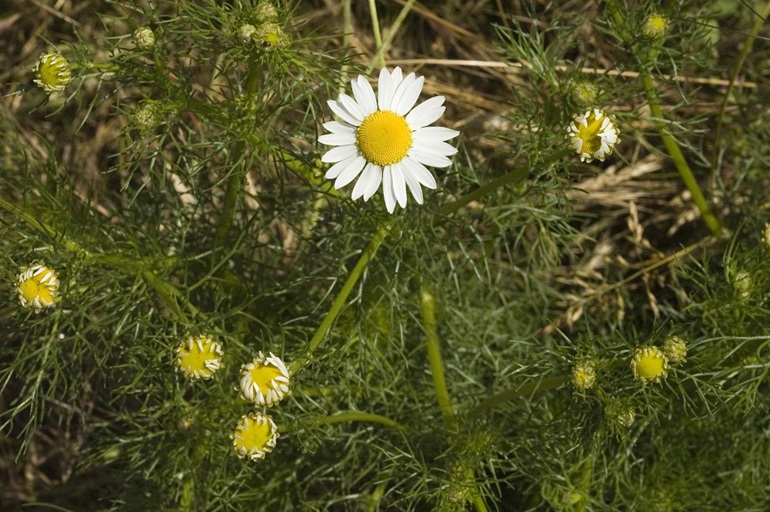
Why it's a problem
It invades cultivated fields and can prevent the harvest of small grains. It can germinate (grow from seed) for a long time, coming up before many crops leaving them little room for new crop seedlings to germinate themselves. It can also cause blistering on muzzles of livestock if eaten in large amounts. It is easily missed due to its similarity to Anthemis arvensis, another common weed. It may spread as a seed contaminant.
Plant description
Scentless mayweed is an annual (1 year life cycle) to short lived perennial (2+ year life cycle) depending on conditions. It is native to Europe, Asia, and north Africa. Stems grow upright and can grow 8 to 32 inches tall.
The daisy like flowerheads grow solitary at stem ends and bloom summer through early fall. The stems are smooth and branching.
Leaves are alternately arranged (leaves which grow staggered, without a pair on the stem) and split into narrow thread like sections. They are essentially odorless when crushed.
Scentless mayweed reproduces by seed. The seeds are dark brown and have 3 ridges on one side. Each plant can produce up to 300,000 seeds.
It grows along roadsides, fence lines, waste areas, in perennial forage crops, cultivated fields, and on heavy soils.
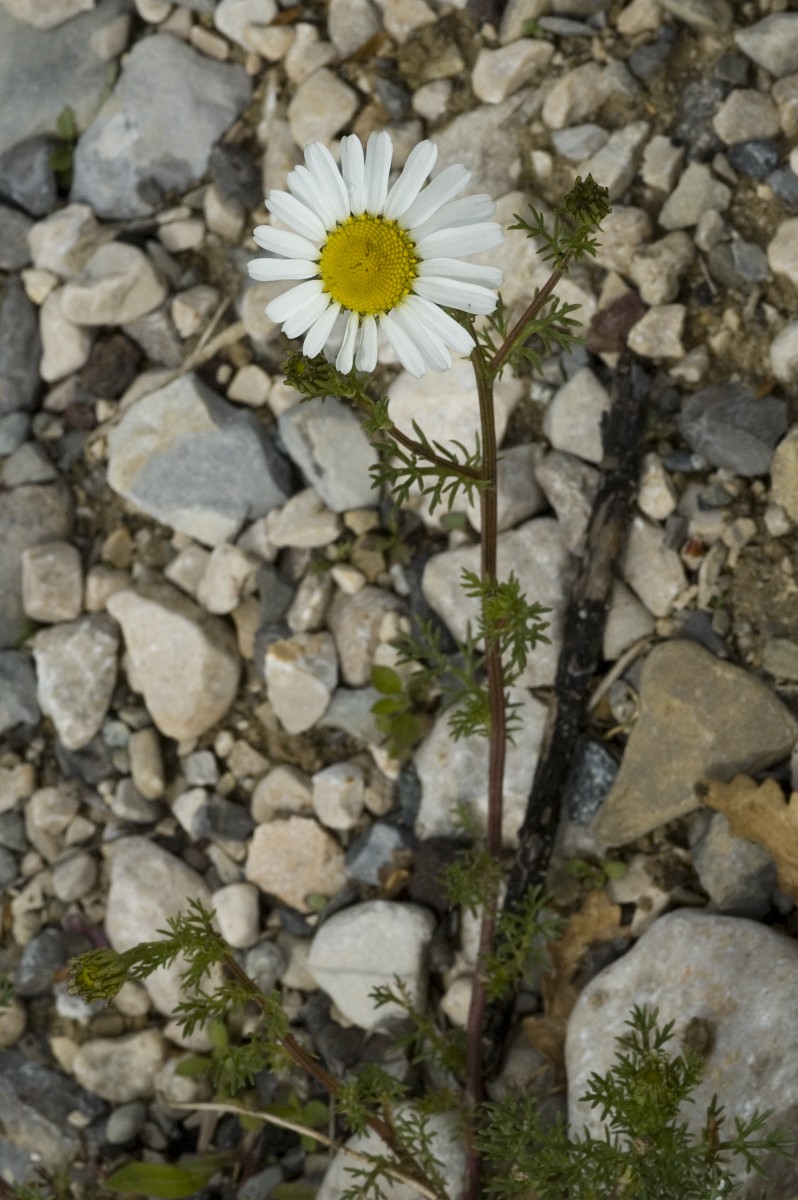
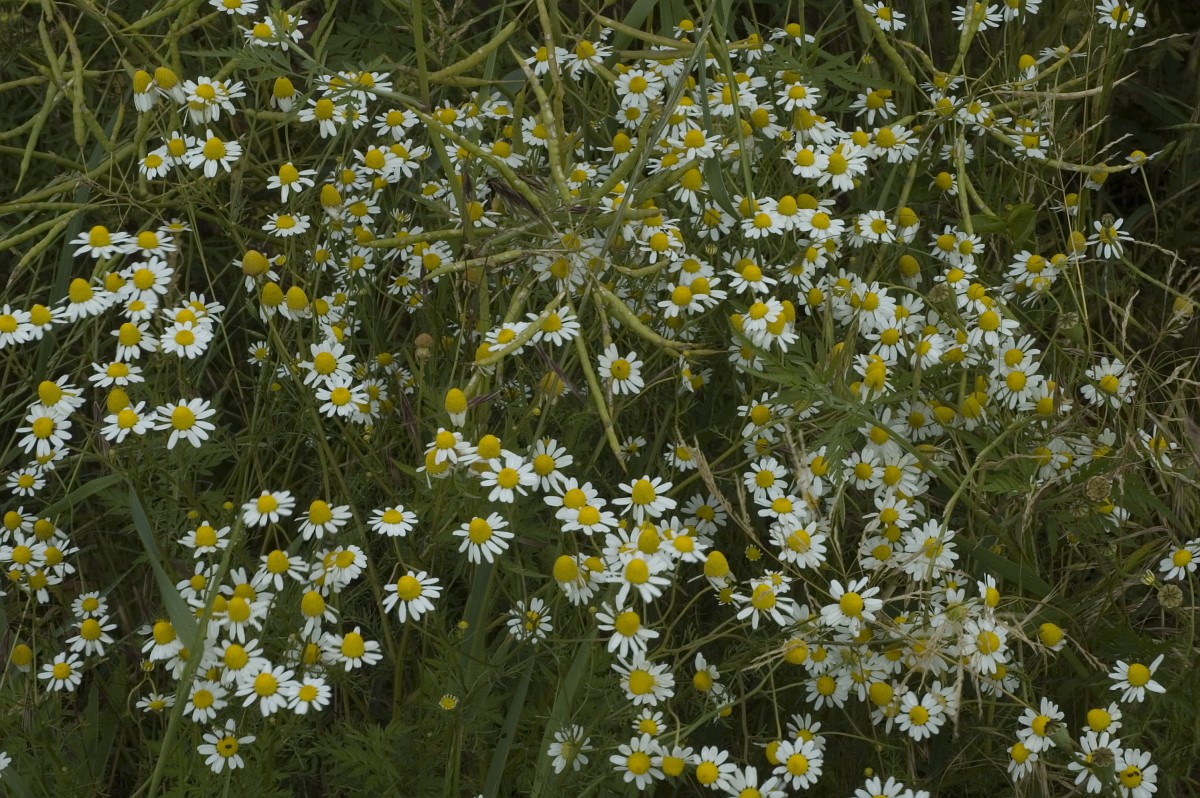
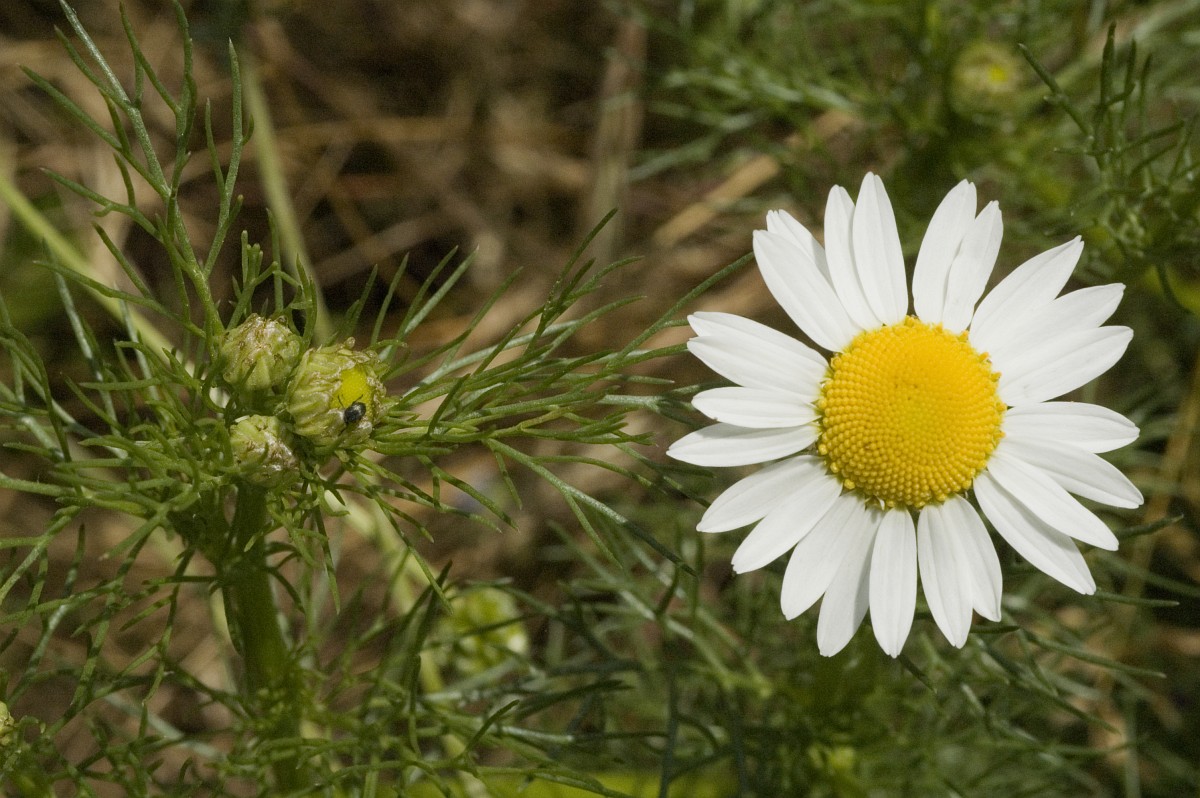
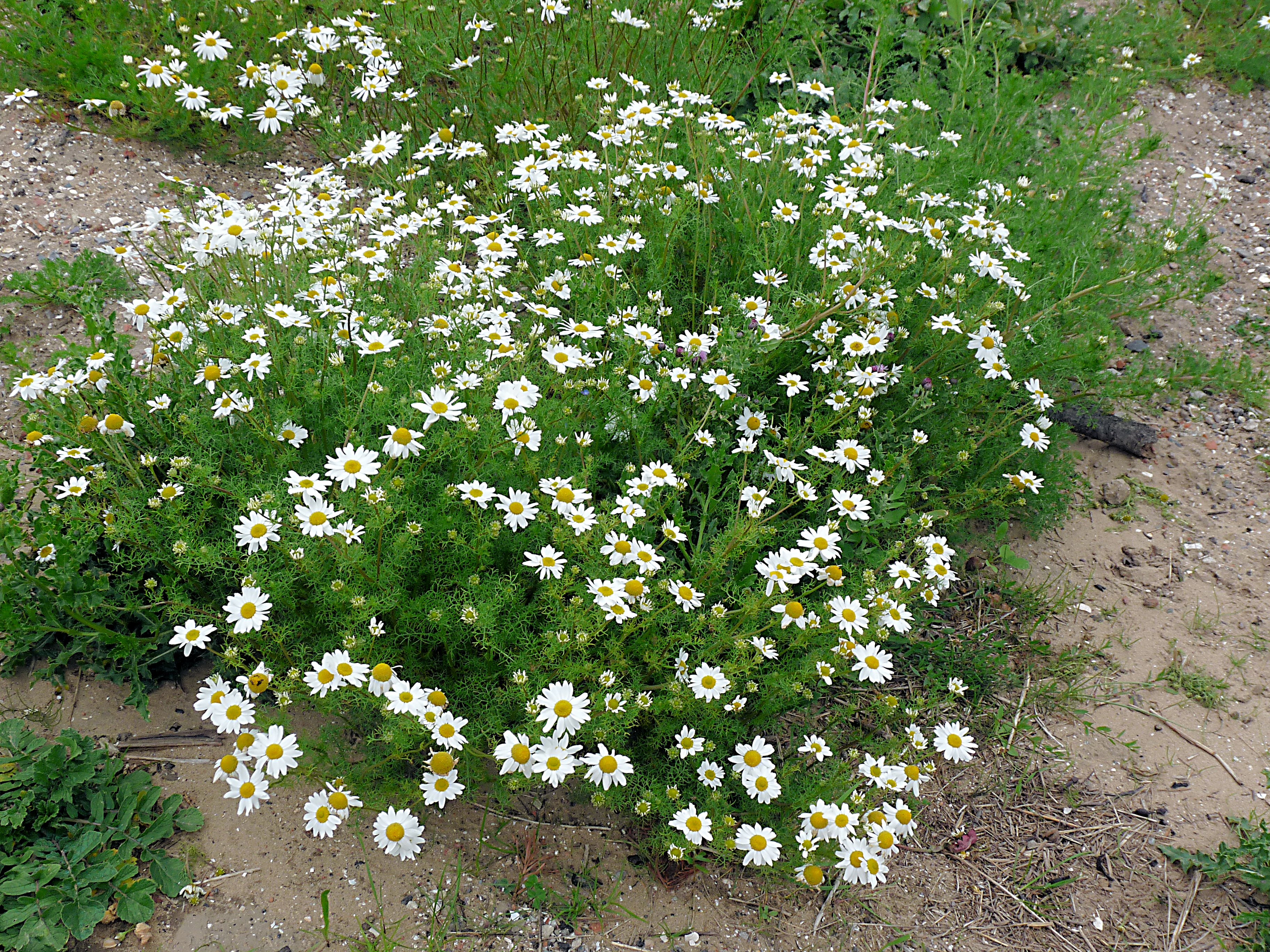
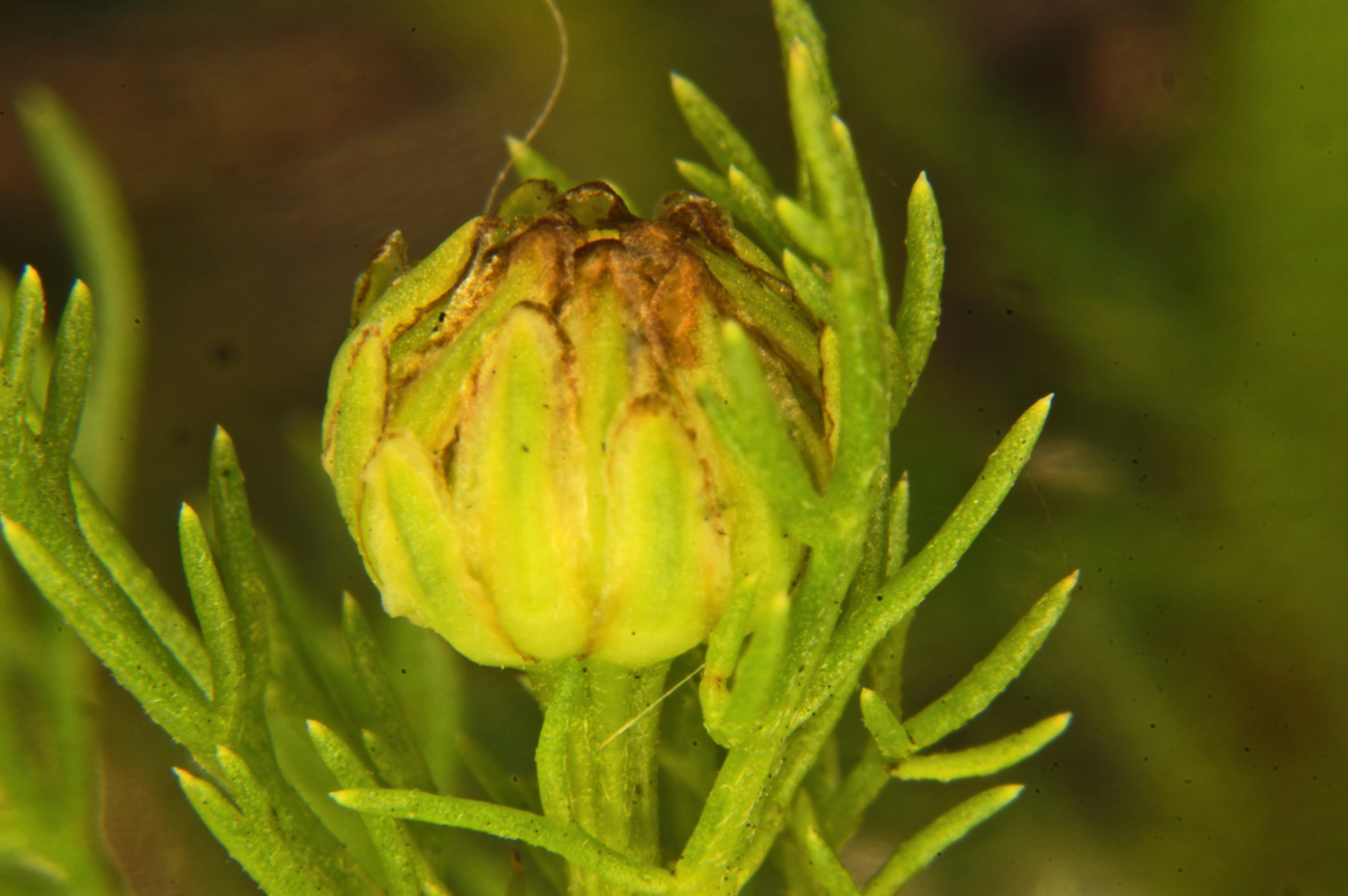
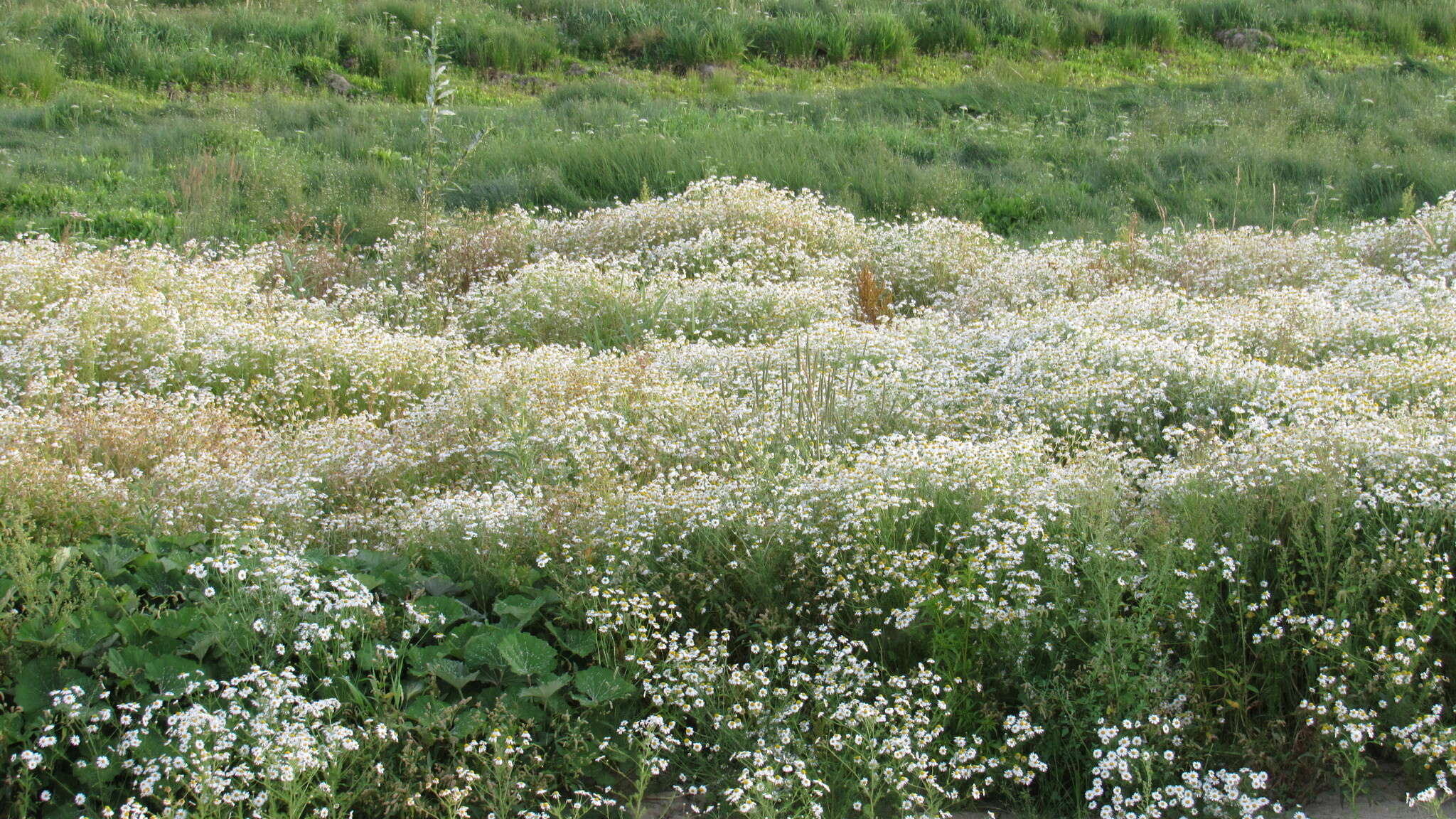
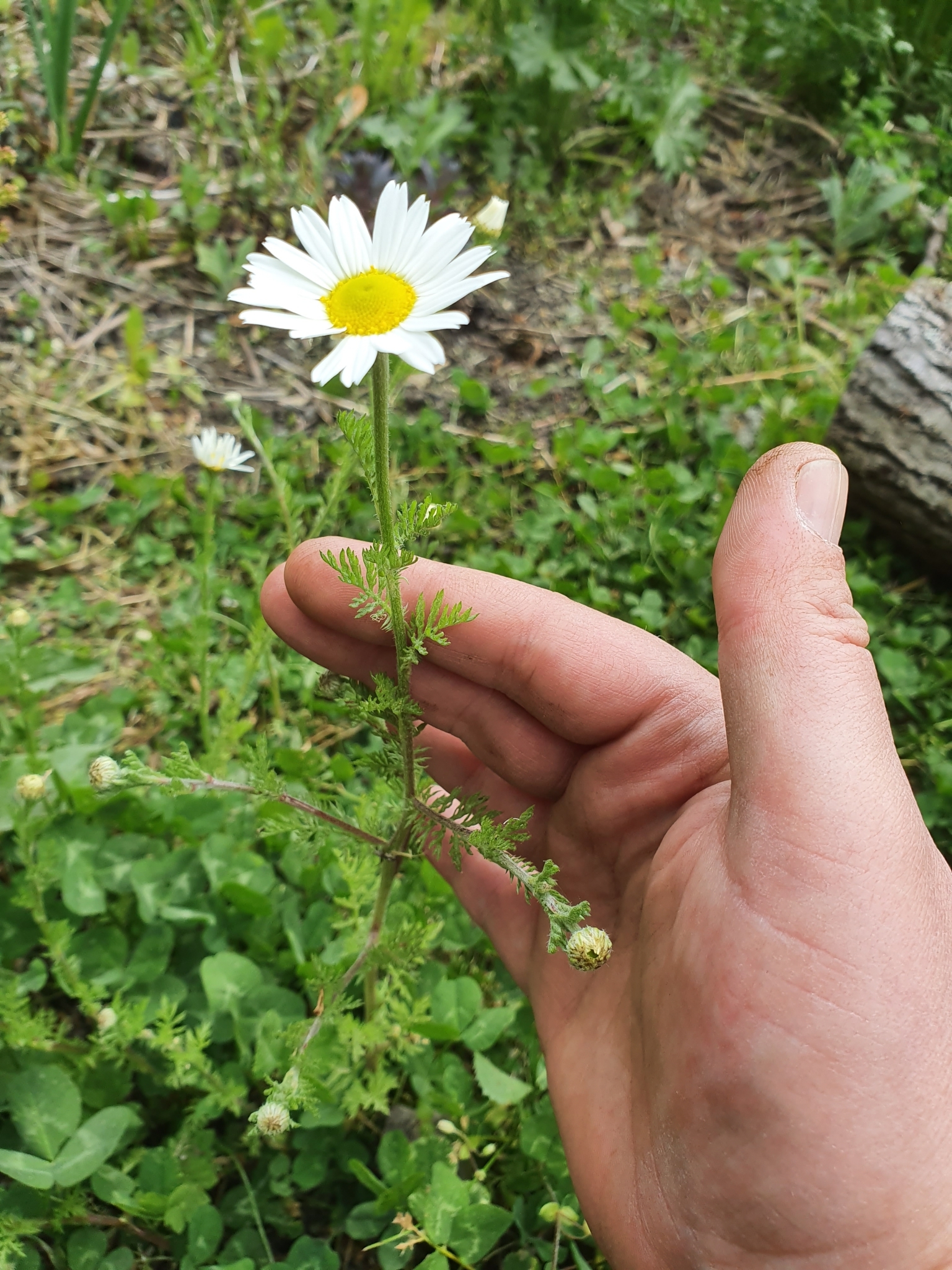
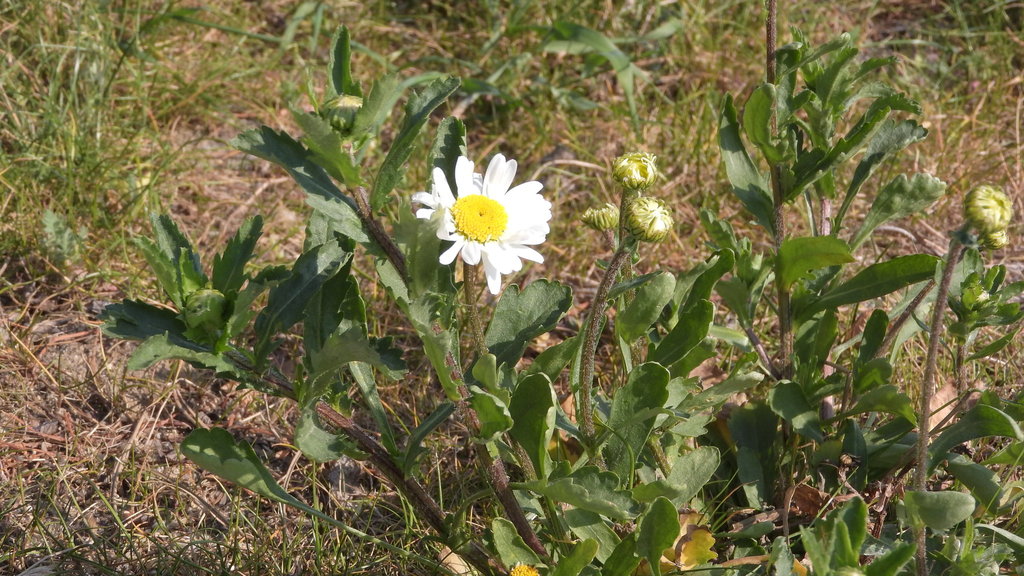
Be aware of look-alike plants
It may be confused with:
Corn chamomile (Anthemis arvensis)
Oxeye daisy (Leucanthemum vulgare)
When in doubt, take photos and share them with us or report them on iNaturalist.
What to do if you find it
Property owners in King County are not required to control scentless mayweed. King County is not tracking infestations. We can provide advice on how to control scentless mayweed but there is generally no legal requirement to do so. The King County Noxious Weed Control Board [LINK: Noxious weeds/noxious weed control board] encourages property owners to remove it where possible, and to avoid introducing it to new landscapes.
Control methods
We recommend using a combination of methods to control noxious weeds. In areas with few weeds, it is important to act quickly before they become harder to control. Make a long-term plan as it often takes several years to get rid of most weeds. Start in the least infested areas first and then move into more heavily infested areas.
Prevent new populations from going to seed to prevent costly future control efforts. Establishing competitive desirable plants may crowd out scentless mayweed.
Manual control
Small infestations can be hand pulled. Make sure the entire root is removed and monitor for new growth.
Mechanical control
Mowing can slow spread by preventing flower production but will not completely control an infestation. Plants can still grow and form more flowers below cut height. If mowed after flowers have started to form, cut plants may still produce seeds – so be mindful of timing or use a bag/collection attachment if choosing to mow as way to prevent seeds.
Chemical control
Herbicide treatments are most effective before flowering. Broadleaf herbicides that contain the active ingredient aminopyralid, clopyralid, metsulfuron, or imazapic have shown to be effective on scentless mayweed. There are some newer studies showing glyphosate resistance on this species in some regions, though it is not widespread yet.
Stay safe when using herbicide:
- Always read the label before use.
- Wear a long-sleeved shirt, long pants, shoes, and eye protection.
- Follow state and local regulations.
For more information or a site-specific control recommendation in King County, contact the noxious weed program. For information in other counties in Washington state, contact your local weed board or your local cooperative extension office.
Disposal instructions
Put flowering or seeding stems in the yard waste or trash. Backyard composting of seeds is not recommended for noxious weeds. Non‐flowering foliage can be composted. Keep an eye on root wads if home composting as they can re-root. Never dump yard waste in parks or natural areas.
Washington State Noxious Weed Control Board pamphlet on noxious weed disposal

 Translate
Translate